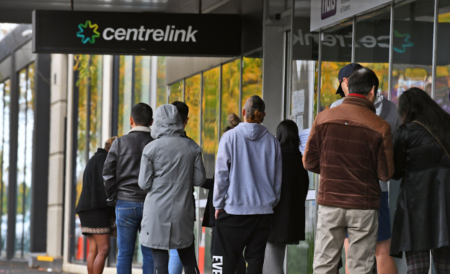Poverty in Australia
ANYONE reading this will know that the cost of living is continuing to grow and placing huge pressure on all households.
But this pressure is especially hard for some.
The Poverty and Inequality partnership between the Australian Council of Social Services and the University of NSW has released a new report on poverty in 2019-20.
Australia doesn’t have a nationally recognised definition of poverty but in this case the poverty line is defined as 50 per cent of the median household income.
For a single person this comes to $489 a week.
Across Australia there are 3,319,000 people living below this poverty line, many of whom have an income of far less than $489 a week.
Who’s most at risk of poverty?
It will come as no surprise that one of the groups most at risk are those receiving income support payments.
Sixty per cent of those receiving the JobSeeker Payment live below the poverty line. This drops slightly to 43 per cent for the Disability Support Pension and 39 per cent for the Carer Payment.
Households where the main income earner is unemployed or has been forced to retire are also at high risk. Sixty-two per cent of households where the main income earner is unemployed live in poverty. Forty-seven per cent of households where the main income earner was forced to retire live below the poverty line. The lower percentage for forced retirements is due to access to superannuation from age 60.
Those that don’t own their own home are also much more likely to be living in poverty.
52 per cent of social and community housing tenants live below the poverty line. For those renting in the private market this number is 20 per cent. It rises to 50 per cent for the 65-and-over who rent privately.
What can be done?
Obviously the most effective way to address poverty rates for people receiving income support payments is to increase their payments.
Currently a single recipient of the JobSeeker Payment receives just $346.55 a week and an Age Pension recipient receives $532 a week.
In 2020, the Coronavirus Supplement provided an extra $275 a week to income support recipients. This caused the poverty rate to fall by 8 per cent. That meant 389,000 people out of poverty.
For many, this meant being able not having to juggle paying energy bills, groceries and health bills.
Since housing costs also play a huge role in poverty, it is important that this is addressed too.
This can be done by drastically increasing the number of social housing dwellings. There is a waiting lists of over 160,000 households across Australia. Commonwealth Rent Assistance should also be increased to support those on the waiting list.
